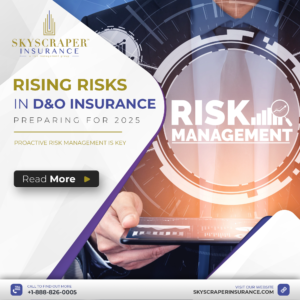Not even the pandemic can stop the nearly 85% of Americans expected to take a road trip this summer.
According to the Expedia report, 72% of survey respondents specifically said they’re choosing to go on a road trip this summer because it feels safer than flying.
Summer travel sure looks different in 2020. Although COVID-19 is keeping many travelers out of airports, it is not stopping adventure-seekers from reaching their getaway via four — or two — wheels.
About 85% of Americans will likely take a road trip this summer, according to the Expedia 2020 Summer Travel Report. Interest in domestic travel also is up 10% year-over-year, says the report, as the demand for ‘staycations’ increases.
“While the desire to get away is still going strong for many of us, how and where we’re choosing to go this summer looks different,” Nisreene Atassi, senior director of PR and social for Expedia.com, said in the report. “Beaches and national parks remain popular, but more Americans are choosing destinations that are closer to home and drivable, versus going somewhere more exotic. Interestingly, we’ve seen that travelers are making these plans at the last minute. Things are so unpredictable right now with COVID-19, so it’s possible that travelers feel more comfortable making travel plans for the near future vs. planning too far ahead.”
Road safety tips
Road trippers should consider these tips from Expedia when journeying this year:
- Plan ahead: Plan where to stop for gas, how long to drive each day, and the time of day to drive through different areas/towns during the trip.
- Know where to stay: Fifty-two percent of travelers expect to stay in a hotel or motel this summer, says Expedia. Make sure to research ahead or inquire about new hotel policies during the pandemic, such as decreased occupancy. Travelers also can opt for alternative accommodations, such as rentals, RVs, or staying with friends and family.
- Vehicle maintenance: Have the car serviced or inspected before embarking on a trip to avoid any possible vehicle trouble on the road. Expedia also suggests that travelers consider renting a car with more space or better milage, if appropriate, and to bundle hotel and car rental packages to save money.
- Download apps: Download apps that may come in handy while driving, whether it’s kid-friendly games or navigation tools.
- Have cash: Be prepared for tolls, tipping and cash-only services.
- Bring the essentials: In addition to the basics such as clothing and toiletries, road trippers should pack snacks, an emergency kit, a spare car key, ID and insurance card, and cleaning/sanitary products.
How insurance can come in handy
It probably goes without saying, but the most critical insurance needed for a road trip is, of course, auto coverage. But other coverages can come in handy, too. MONEY outlines three road trip scenarios and how insurance may apply to each.
- If items are stolen: Homeowners or renters insurance may help cover items that are unlawfully taken from a hotel, rental, or even from a car, says MONEY. Travel insurance also will cover thefts while on a road trip, but beware of exclusions, as travel policies often exclude items such as musical instruments.
- If expensive possessions are lost or damaged: Accidental damage or loss of personal belongings may be covered by some travel insurance policies. Another option would be to turn to credit card purchase-protection programs that will cover damage to an item bought within the time limit.
- If a hotel or rental home needs to be canceled: Many hotel chains and online rental marketplaces have altered cancellation policies during the pandemic. But if something goes awry during a road trip and a cancellation falls outside policy terms, some credit card companies offer trip cancellation or trip interruption benefits that could trigger a reimbursement.




